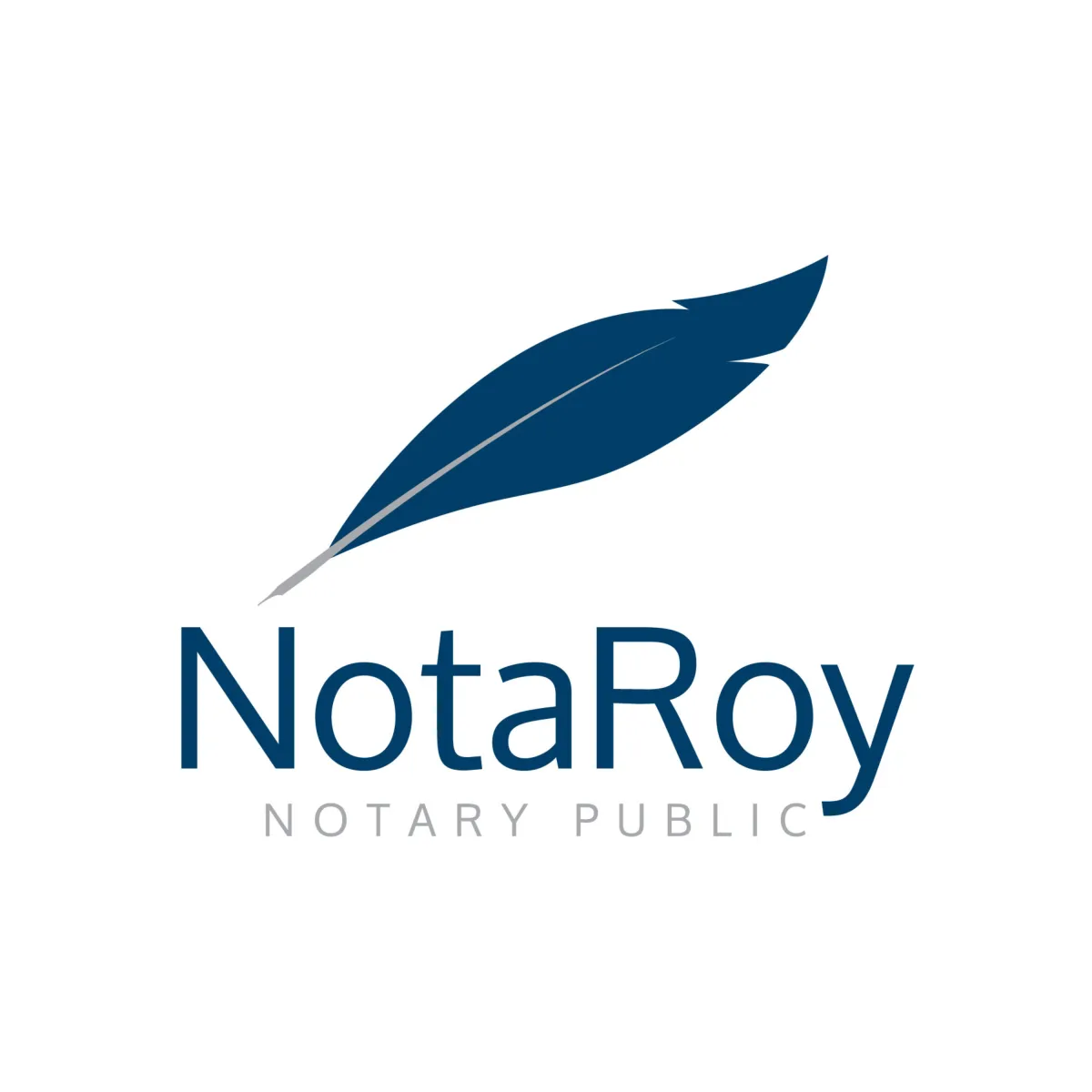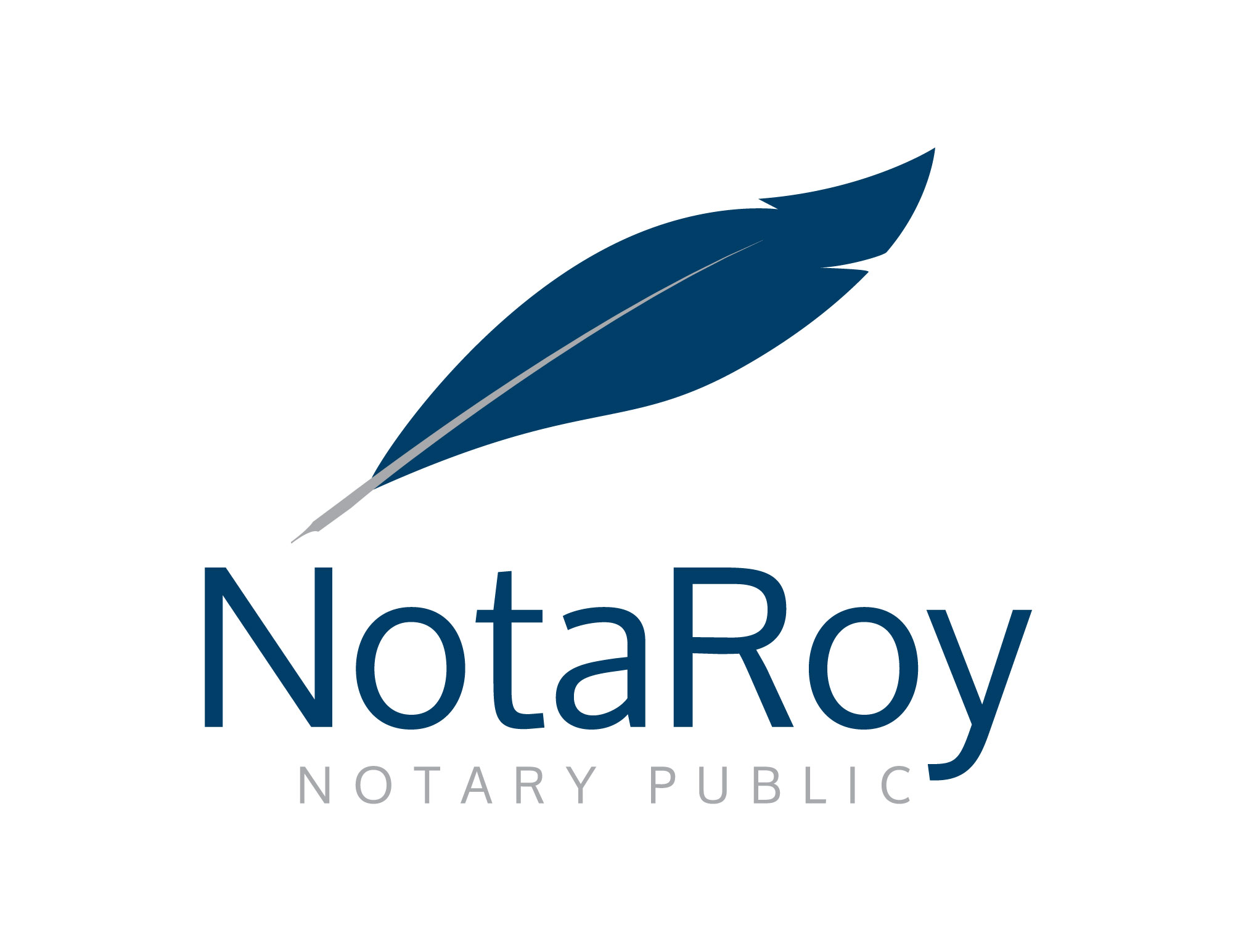
Call (502) 417-0474
Hey, I'm Mark!
I began my career as a network communications engineer in the 1980's at the dawn of the PC era. After 30-years of assisting large and small businesses with their communications, disaster recovery and data security systems, I was ready to start a consulting service that would leverage my experience in customer service and attention to detail.
I guess you could say that I am both pro-technology and process simplistic. I like keeping the workflow simple and pain free, using secure and reliable digital platforms.
Now I am enjoying my second career as part of a growing number of credentialed notary professionals who fully embrace the dual role we play as your partner in convenience and fraud prevention. This next level notary is highly skilled thanks to years of experience and a commitment to constant, ongoing training.
This work matters, integrity matters. Having an expert notary professional on your team not only gives your customer the convenience of a mobile signing, but it protects the integrity of the entire transaction, as well as your reputation. And we make our clients look good by ensuring your closings go smoothly, efficiently and securely.
No matter the occasion, being a notary is about creating a smooth, positive experience. I begin by always being on time wherever people need me. All the details are in place as I guide clients through the process of completing the documents. At the end, there is always a sense of relief. It’s very satisfying to help clients at such important moments.
Life Quote: A good life is when you smile often, dream big, laugh a lot and realize how blessed you are for what you have.
My Fun: Basketball, guitar, hiking, climbing, porch life, hanging with friends and family.
Learning Journey: Sound Money vs Fiat, Blockchain, Medical Health Freedom
NEXT STEPS: If you wish to discuss NotaRoy services for your organization, let’s set up a complimentary phone or zoom call. I would love to discuss your goals and see if it makes sense for us to work together.
Or Please "follow" me at top of my profile OR "connect" with a personal note.
My email is [email protected]. Website www.NotaRoy.com. Phone (502) 417-0474.
11+ years experience with over 50,000+ notarizations
225+ Google 5-Star reviews
2017-2018 NNA Distinguished Speaker
STILL NOT SURE?
What Has Government Done To Our Money?
Of all the economic problems, money is possibly the most tangled, and perhaps where we most need perspective.
Question 1: Why Study Money?
Few economic subjects are more tangled or more confused than money.
Debates abound over “tight money” versus “easy money,” over the role of the Federal Reserve System and the Treasury, and over how to deal with a financial crisis.
Perhaps the confusion stems from humanity’s propensity to study only immediate political and economic problems. If we immerse ourselves wholly in day-to-day affairs, amplified by political tribalism and the instant gratification of social media, we cease making fundamental distinctions or asking the really basic questions.
This is particularly true in our economy, where interrelations are so intricate that we must isolate a few important factors, analyze them, and then trace their operations in the complex world.
As always, it is the objective of a good economist to not simply analyze what is seen, but to compare it to alternative possible outcomes.
Of all the economic problems, money is possibly the most tangled, and perhaps where we most need perspective. Money, moreover, is the economic area most encrusted and entangled with centuries of government meddling. In fact, most that are considered “experts” never think of state control of money as interference in the free market; a free market in money is unthinkable to them.
The result has been a century of central bankers and financial elites increasing their power over society, decade after decade.
Historically, money was one of the first things controlled by government. Manipulating the currency was always one of the easiest ways to extract revenue from the public, allowing the state to spend and control far more than they could through taxation alone.
Generations of Americans have only known a global economy fueled by fiat money without any commodity backing.
This complete politicization of one of the most important tools in human society has directly resulted in devastation and human misery to a degree many cannot understand, as Congressman Ron Paul has noted, “It is no coincidence that the century of total war coincided with the century of central banking.”
We will also see how many of the alleged failings of a capitalist economy raised by critics on both the left and right are not the result of markets, but of the socialization of money.
So, it is high time that we turn fundamental attention to the lifeblood of our economy—money.
Can money be organized under the freedom principle? Can we have a free market in money as well as in other goods and services? What would be the shape of such a market? And what are the effects of various governmental controls?
If we favor the free market in other directions, if we wish to eliminate government invasion of person and property, we have no more important task than to explore the ways and means of a free market in money.
Question 2: The Origins Of Money.
First, let’s start at the beginning. What are the origins of money?
Before money, there was barter—a direct exchange of goods or services between humans. It is this economic behavior that is the foundation of civilization.
If no one could exchange, and if we were forced to be completely self-sufficient, most of us would starve to death, and the rest would barely remain alive.
Exchange is the lifeblood, not only of our economy, but of human existence.
A barter system has two basic problems: indivisibility and lack of coinciding wants.
Imagine that a farmer wants to buy a pair of shoes, but the cobbler does not want eggs. He may want beef, but the farmer is not willing to slaughter his cow for shoes. A trade where both are happy is now difficult.
Any sort of advanced economy is impossible with simple direct exchange.
But humanity adapted. How? Indirect exchange.
Consider our farmer. Instead of offering eggs, he finds what the cobbler really wants—butter. He now exchanges butter for shoes. If enough people also want butter, our farmer may buy more—not to use it, but to exchange it for other goods and services.
Many goods have played this role in the past: tobacco in colonial Virginia, sugar in the West Indies, copper in ancient Egypt. Historically, gold and silver emerged as a widely accepted medium of exchange in a free market.
This is not only because metal can be converted into durable and transportable units, like coins, but also because both have long been desired for their beauty and practical use.
This process—the cumulative development of a medium of exchange on the free market—is the only way money can become established from barter.
This market process allows for prices to emerge between a medium of exchange and other goods and services—without this, it would be impossible for money to be properly valued. As we will see, government can manipulate the value of money—but it is powerless to create it from nothing.
As such, money did not begin as an abstract unit of account; it was not a useless token only good for exchanging; it was not a “claim on society.” It was simply a commodity. Like commodities, its “price”—in terms of other goods—is still determined by supply and demand today.
When there is a high demand for money—perhaps because people are uncertain about the future and save more—the price of money goes up, which means the prices of goods and services go down. When the demand for money drops—perhaps because it is feared it will be worth less tomorrow—consumers will be more willing to spend, which means prices go up.
When competing currencies exist, prices may also change between different monies. In the past, consumer demand could change the value of silver to gold. Today it may change the exchange ratio of dollars to euros. These exchange rates can shift freely on the market.
But how did we go from money as gold and silver to the dollars and euros we have now?
To understand that, we must first understand the service that emerged as the result of money: banking.
Question 3: The Mystery Of Banking.
The rise of monetary economies assisted two significant changes to society:
First, since the fruit of one’s labor was now monetized and so could be exchanged freely, it allowed for the specialization of labor.
Second, thanks to monetization, individuals could more easily save for the future.
By allowing for savings and capital formation, human societies were able to advance beyond subsistence farming. But with savings came another critical issue: security.
The banking industry allowed consumers to keep their gold or silver in protected vaults, and in return, they received paper receipts, which are easier to carry than heavy metal coins. The receipt entitled the owner to claim his goods any time he desired, like keeping personal items in a warehouse. Since any holder of the receipt could claim the gold, convenience inevitably led to the transfer of these paper notes instead of the metal itself.
The receipts for money become money substitutes.
So long as the bank had as much gold as it does banknotes—which is called full-reserve banking—there would be no increase in the money supply.
What if, however, the bank realized that money kept in the bank is not needed all at once? A bank could lend out a customer’s money, profit from the loan, and then return the money to the customer’s account before it is withdrawn. If a customer closed their account unexpectedly, the bank could borrow from another account to make up the difference.
This is fractional reserve banking, and this is how almost all banks operate today. In doing so, big banks have become very profitable—but the economic consequences complicate the issue of money.
For example, let us say that a hundred gold coins enter a bank account.
The bank account only keeps 10 percent reserves in an account, so it lends out ninety gold coins.
Fifty of those ninety gold coins end up in another customer’s account at the bank, and now the bank lends out forty-five of those coins.
From that first deposit of one hundred coins, the original customer currently has a receipt for one hundred coins, another customer has a receipt for fifty coins, and there are an additional 135 coins’ worth of loans on the market. The result is an expansion of paper receipts—money substitutes—in the market, without any increase in gold to support it. This arrangement is also different than if the original customer directly loaned out fifty coins instead, because with such a loan, the lender would have no expectation of being able to access the borrowed money.
These unbacked banknotes, like counterfeiting a coin, are an example of inflation, which may be defined as an increase in the economy’s supply of money that is not due to an increase in the monetary base–actual gold coins, in this case. These “fractional reserve banks,” therefore, are inherently inflationary institutions.
Whether this additional money is created by the direct printing of new money, or through multiplication in a fractional reserve system, the result is an increase in the money supply not reflected in an increase of wealth in the real economy. This will create additional issues we will explore later.
Another issue with fractional reserve banking arises if customers lose confidence in the bank: they rush to take their money back. Bank panics are devastating, not only because a large withdrawal of money from an overleveraged bank hurts other customers, but because it can lead to better-managed banks being similarly stressed in ways they did not anticipate.
As such, many of the criticisms of “instability” prior to the Federal Reserve have little to do with gold as money and everything to do with the lending practices of banks themselves. Many of the problems, as we will see, resulted directly from government policy designed to increase control over money and banking.
To understand money as it exists today, far removed from any sort of commodity, we must understand why control over money is so important to the state.
Question 4: Money And The State.
Governments, unlike all other organizations, do not obtain their revenue as voluntary payment for their services.
Consequently, governments face an economic problem different from that of everyone else.
Private individuals who want to acquire more goods and services from others must produce and sell more of what others want.
Governments need only find some method of expropriating more goods without the owner’s consent.
One way is theft, which in a monetary economy is called “taxation.”
But taxes are unpopular, and too much of them can spark rebellion from the public.
As a result, governments discovered another way to enrich themselves: counterfeiting—creating new money out of thin air, rather than earning it through exchanging goods and services.
While much has changed throughout history, government’s dependence on counterfeiting goes back thousands of years.
For example, in ancient Rome, emperors would shave off bits of metal from coins—or replace them entirely for inferior metal. In doing some, the government would create new coins for it to spend—at the expense of the citizens whose money was now less valuable.
Governments today do not inflate the currency by cutting coins, but they continue to expand the money supply at the expense of everyone else.
How? Two ways.
One is by creating it directly.
One consequence of using paper was that it became easier to print new money into the system. Every new dollar that the government created, not backed by any commodity, had the same effect as shaving off metal to create new coins.
In today’s world, it is even easier. Now that most transactions are done electronically, central banks—like the Federal Reserve—can create trillions of new dollars with a keypad. This can then be pumped through the banking system with the central bank buying assets—like government debt or mortgages—in exchange for the newly printed money.
The other way is by regulating how banks can issue loans. With a fractional reserve banking system, the government can increase the money supply by changing the requirements for reserves in bank deposits. Requiring a 90 percent reserve means only 10 percent of a bank account can be loaned out. Changing that to a 10 percent reserve would allow for an exponential increase in the money supply, given the way money can multiply in such a system.
This increase in the money supply can give the economy the appearance of increased wealth in an economy. More money means its price—also called the interest rate, or the cost of borrowing money—goes down, which means that it is cheaper to invest in a new project that an individual may believe to be profitable.
Without an increase in money, this would require an increase in real savings—which would reflect a change in consumer preferences. Instead, this artificial boom leads to investments in projects and industries that would not have appeared profitable with real market prices.
A short-term boom becomes a bust as there is not enough profit to justify the debt.
A government that controls the money and banking systems in an economy can use it to confiscate wealth through inflation, monetize its debt, and interfere with general investment activity. It can do all of this without the brutality of police forces or militaries.
How do governments achieve this power?
To help understand that, let us look at the history of our Federal Reserve.
READY TO GIVE US A TRY?
Book Your First Signing Today!
Experience fast, reliable, and professional mobile notary services in Metro Louisville, and throughout central KY. Save time and money with convenient on-site document notarization, loan signings, and trust delivery services. Enjoy peace of mind knowing your documents are handled with care and precision. Call Mark Roy at NotaRoy, LLC today for a seamless, stress-free experience! (502) 417-0474.

